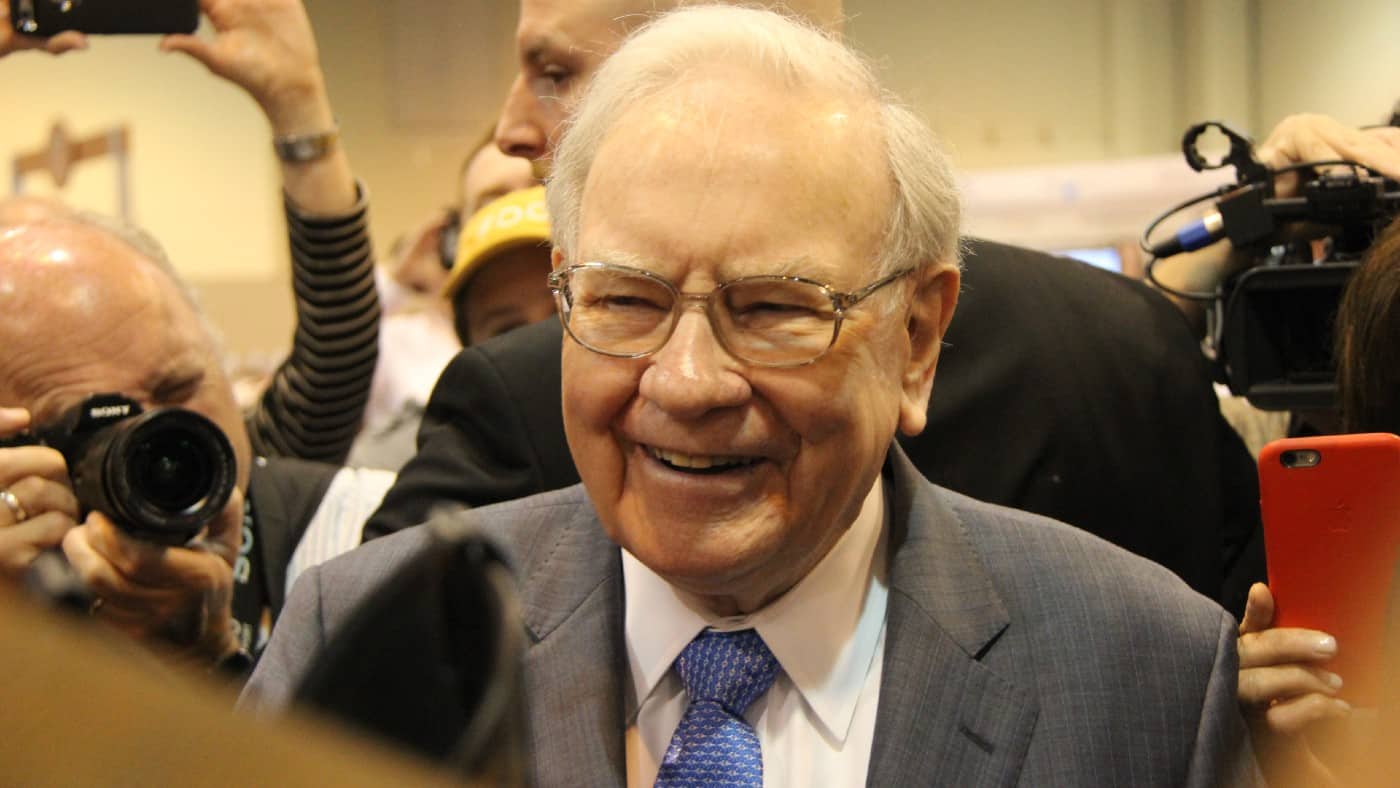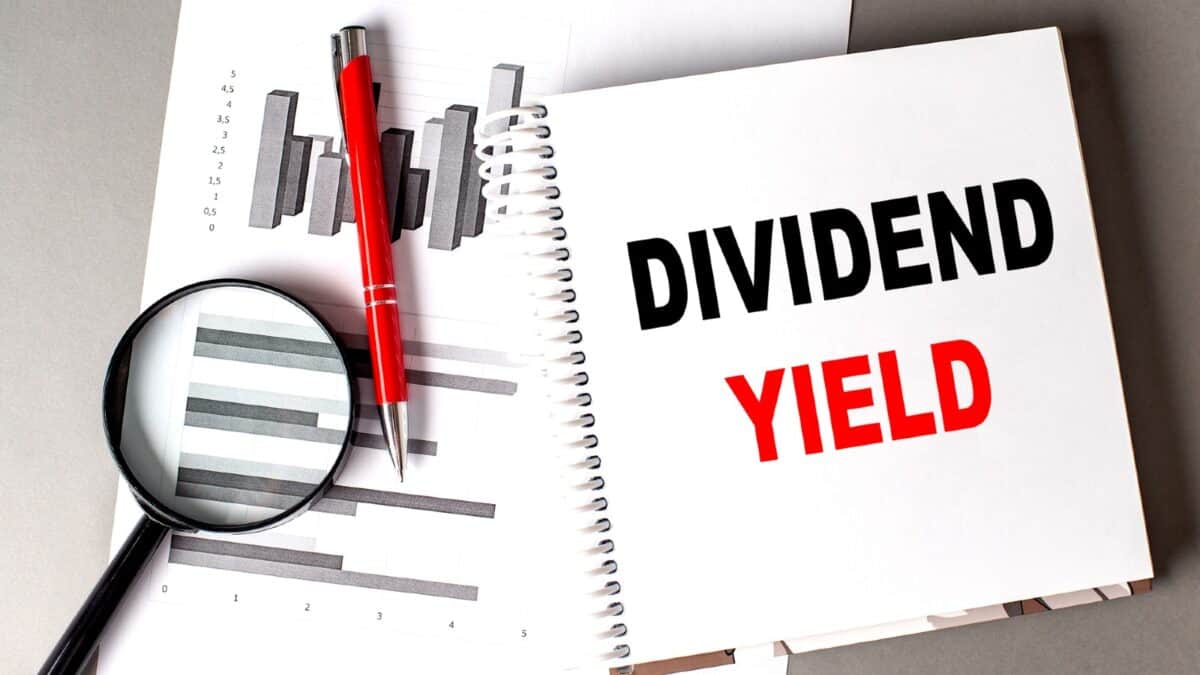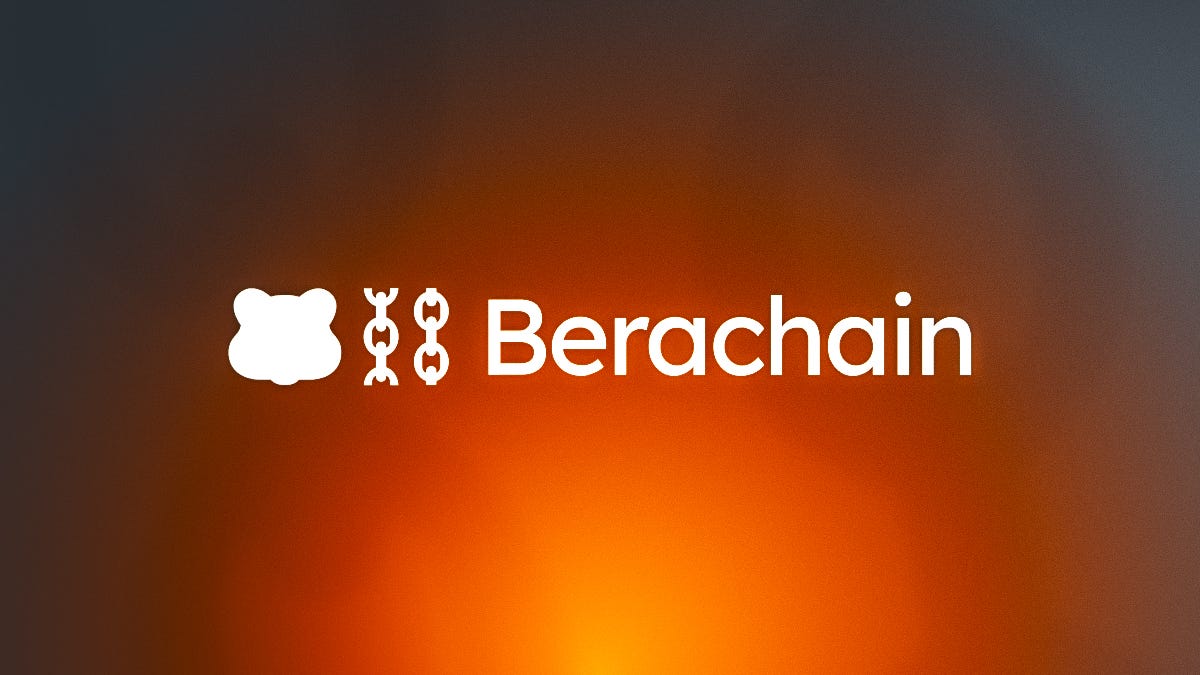Image source: Getty Images
Next’s (LSE: NXT) share price is trading around a 12-month high. This follows a gain of 30% from its 25 July 12-month traded low of £86.03.
That said, it is largely irrelevant to my investment decisions how much a share price has gone up or down. The key factor I want in stocks I am buying for price gains is whether they have value in them.
To see if this is true for Next shares, I looked carefully at its business and ran some key numbers.
How does the business look at the moment?
The firm’s full-year 2024/25 results released on 27 March saw profit before tax break the £1bn barrier for the first time. More specifically, it rose 10.1% year on year to £1.011bn. This drove up pre-tax earnings per share by 11.6%, to 845.2p.
All of this came after an 8.2% increase in sales over the financial year, to £6.321bn. Much of this resulted from the firm’s use of overseas third-party distribution networks. This has seen a 350% increase in sales of Next branded products through international websites over the last 10 years.
Also vital here has been that its online platform sells products that are not exclusively Next’s. In fact, 42% of the firm’s online sales in the UK are not Next branded products. This has allowed it to build a now very profitable fashion and homewares aggregation platform.
Consequently, Next upgraded its sales guidance for 2025/26 to 5% from 3.5%. It did the same for its pre-tax profit – by 5.4% to £1.066bn.
A risk here is a surge in the cost of living in the UK, which may deter customer spending. Another is the high degree of competition in its sector that may squeeze its margins going forward.
Indeed, analysts forecast annual average earnings growth of a relatively modest 4.5% to the end of 2027/28.
So is there value remaining in the share price?
I think price-to-earnings is a good starting point to work out whether a stock has any value left in it. On this Next trades at 17.4 against a peer average of 12.3. There are very many peers but I selected Abercrombie & Fitch at 6.8, Frasers Group at 8.9, Marks and Spencer at 14.2, and H&M Group at 19.4.
So, Next looks very overvalued on this comparative measure.
It looks the same on its 8.3 price-to-book ratio too compared to its competitor group average of just 2.8.
And it also looks very overvalued on its price-to-sales ratio of 2.2 against a 0.7 average for its peers.
A clean sweep of comparative overvaluations like this is not a good sign in a stock for me.
I ran a discounted cash flow analysis to ascertain what this means in share price terms. This shows Next shares are already at fair value level – implying no further value remains in them.
My decision
If Next was a stock with a dividend yield of 7%+ I would consider buying it. This alone could provide a good return for me on my investment. But its current yield is just 2.1% — nowhere near my minimum requirement.
And buying a stock with no value remaining — and low earnings growth potential — for a potential price gain is pure gambling in my view. So, Next is not worth my while buying now.
Credit: Source link














